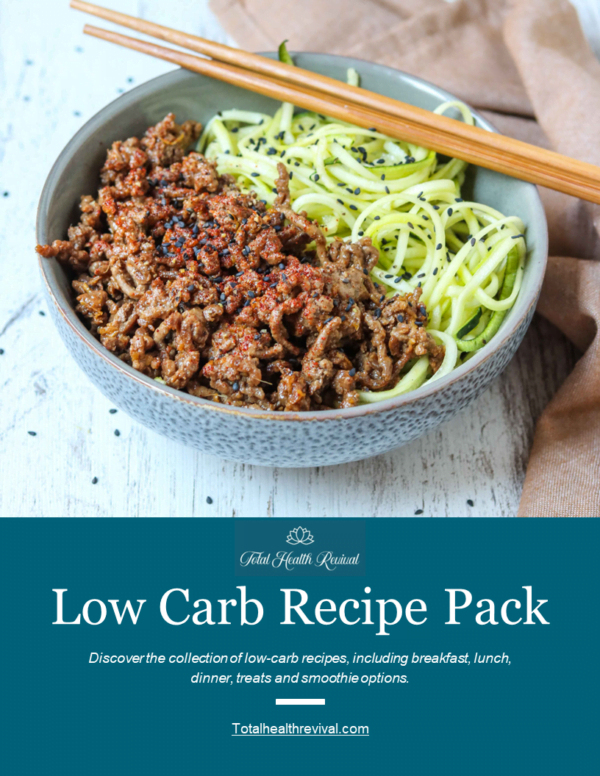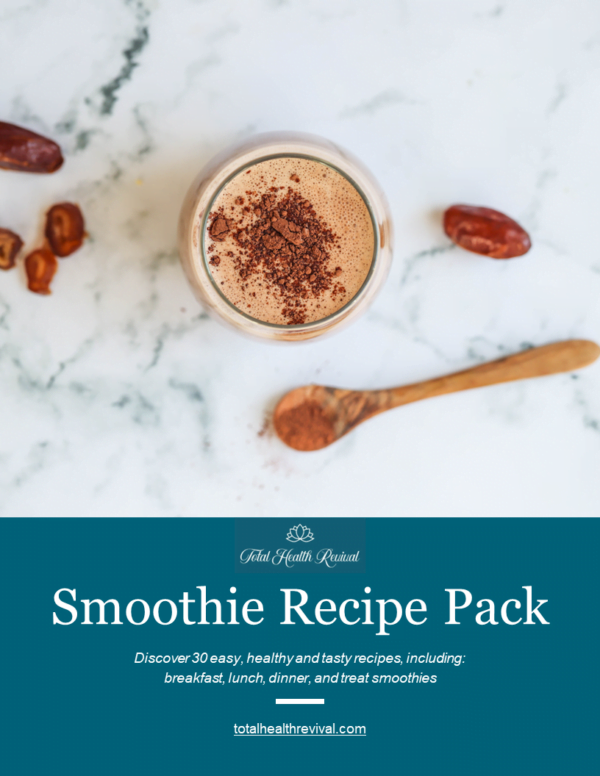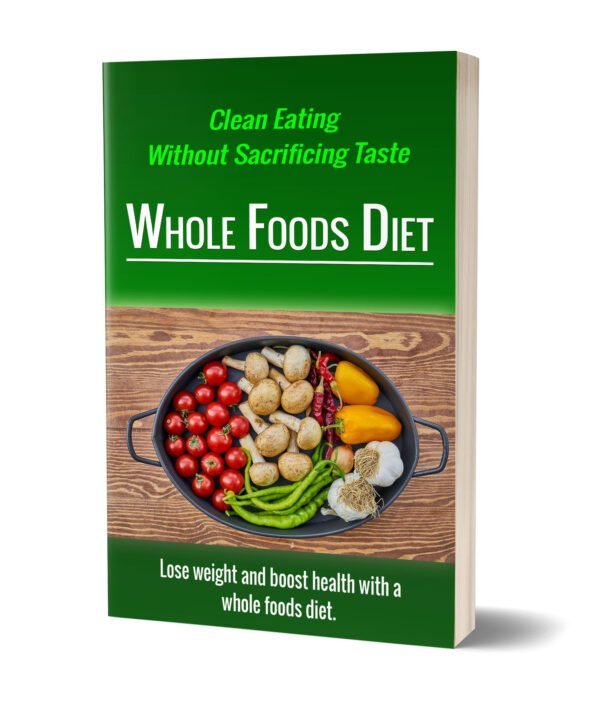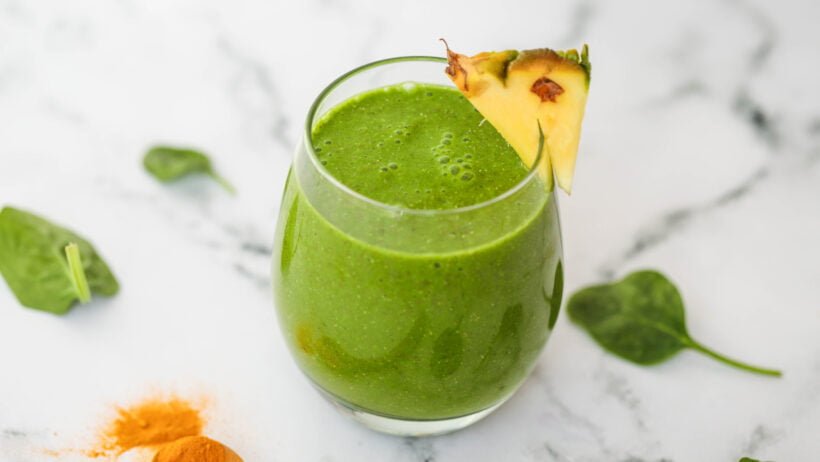Understanding What’s in Your Food
As consumers become more conscious about their health and well-being, there is a growing interest in understanding the contents of the food we consume. The modern food industry is rife with various substances, some of which may have detrimental effects on our health. It is essential to be aware of the potential toxins and harmful chemicals that may be present in our food.
The Dirty Dozen: Foods with High Pesticide Residue
One of the key concerns in the realm of food safety is the presence of pesticides on fruits and vegetables. The “Dirty Dozen” is a list of produce items that have been found to contain the highest levels of pesticide residues. These include strawberries, spinach, kale, nectarines, apples, grapes, peaches, cherries, pears, tomatoes, celery, and potatoes.
The Environmental Working Group (EWG) regularly updates the Dirty Dozen list based on their analysis of pesticide residue data. Consumers are advised to prioritize purchasing organic versions of these fruits and vegetables to minimize their exposure to harmful pesticides.
Toxic Substances in Food
Aside from pesticides, there are various other toxic substances that can find their way into the food supply chain. These include heavy metals such as lead, mercury, and cadmium, as well as industrial chemicals like PCBs and dioxins. These substances can contaminate food through environmental pollution, industrial processes, and improper handling.
Furthermore, certain food additives and preservatives have raised concerns about their potential health impacts. Artificial colors, flavors, and sweeteners are among the additives that have been scrutinized for their possible adverse effects on human health.
Why Choose Organic?
Given the presence of pesticide residues and other harmful substances in conventional produce and processed foods, many consumers are turning to organic options. Organic farming practices prioritize the use of natural fertilizers and pest control methods, avoiding synthetic chemicals and genetically modified organisms (GMOs).
By opting for organic foods, consumers can reduce their exposure to pesticides and potentially harmful chemicals. Additionally, organic farming promotes environmental sustainability and supports biodiversity, making it a favorable choice for those concerned about the ecological impact of food production.
Furthermore, organic standards prohibit the use of certain additives and preservatives that are commonly found in non-organic processed foods. This means that choosing organic products can also help individuals minimize their intake of artificial substances that may have uncertain effects on health.
While organic foods may come with a slightly higher price tag, many advocates argue that the long-term health benefits outweigh the additional cost. By investing in organic produce and products, consumers are making a proactive decision to prioritize their well-being and minimize their exposure to potentially harmful substances.
The Benefits of Organic Food
In light of the growing concerns surrounding the presence of pesticides and toxic substances in our food, many consumers are turning to organic alternatives. Organic farming practices eschew the use of synthetic pesticides, herbicides, and fertilizers, instead opting for more natural and sustainable methods of cultivation.
Choosing organic food can provide several benefits to both individual and environmental health. Studies have shown that organic produce contains higher levels of antioxidants, vitamins, and minerals compared to conventionally grown counterparts. This is attributed to the absence of synthetic inputs and the enhanced soil quality inherent in organic farming practices.
Furthermore, organic farming is designed to minimize the impact on the environment. By avoiding the use of harmful chemicals, organic farming helps preserve the integrity of the soil, water, and air. This, in turn, supports the overall health of ecosystems and promotes biodiversity, which is crucial for maintaining a balanced and resilient natural environment.
Navigating the Organic Landscape
With the growing demand for organic products, consumers are increasingly faced with a wide range of options in the marketplace. It is essential to understand the nuances and regulations surrounding organic certification to ensure that the products you choose are truly representative of organic principles.
The United States Department of Agriculture (USDA) is responsible for overseeing the organic certification process in the country. Products that carry the USDA Organic seal have undergone rigorous scrutiny and must adhere to strict guidelines regarding the use of synthetic inputs, animal welfare, and sustainable practices.
However, it’s important to note that not all organic-labeled products are created equal. Some may use the term “organic” without meeting the USDA’s stringent requirements. Therefore, it’s crucial to look for the USDA Organic seal or to research the specific certifications and practices of the brand or producer before making a purchase.
Balancing Cost and Accessibility
One of the challenges often associated with organic food is the perceived higher cost compared to conventionally grown alternatives. While it’s true that organic products may come with a premium price tag, there are ways to make organic food more accessible and affordable for consumers.
One strategy is to focus on the Dirty Dozen list when shopping for organic produce. By prioritizing the purchase of organic versions of the fruits and vegetables with the highest pesticide residues, consumers can maximize the health benefits while minimizing the additional cost.
Another approach is to explore local and seasonal options. Buying from local organic farmers or participating in community-supported agriculture (CSA) programs can often provide more affordable access to organic goods. Additionally, embracing in-season produce can help reduce the costs associated with transportation and storage, making organic options more budget-friendly.
The Holistic Approach to Healthy Eating
While the focus on organic food is an important aspect of promoting personal and environmental health, it’s crucial to remember that a holistic approach to healthy eating encompasses a wider range of considerations.
Alongside the emphasis on organic, it’s essential to maintain a balanced and diverse diet that incorporates a variety of whole, unprocessed foods. This includes not only fruits and vegetables but also whole grains, lean proteins, and healthy fats. By ensuring a comprehensive nutritional intake, individuals can support overall well-being and reduce the risk of chronic diseases.
Furthermore, the preparation and consumption of food can also play a significant role in the overall health benefits. Cooking meals at home using fresh, whole-food ingredients can help ensure the quality and nutrient content of the food we consume. Similarly, mindful eating practices, such as savoring each bite and being present during meals, can contribute to a more positive and fulfilling relationship with food.
Conclusion
In a world where the safety and integrity of our food supply are increasingly scrutinized, it is crucial for consumers to be informed and proactive in their food choices. By understanding the presence of pesticides, heavy metals, and other toxic substances in our food, we can make more informed decisions to protect our health and the environment.
Embracing organic food, with its emphasis on sustainable farming practices and the avoidance of harmful inputs, can be a significant step towards a healthier and more sustainable food system. However, it is essential to approach this transition with a holistic perspective, considering the overall nutritional profile, preparation methods, and mindful consumption of our food.
By taking these steps, we can empower ourselves to make more conscious and informed decisions about the food we consume, ultimately contributing to a healthier and more sustainable future for ourselves and the planet.








1 Comment